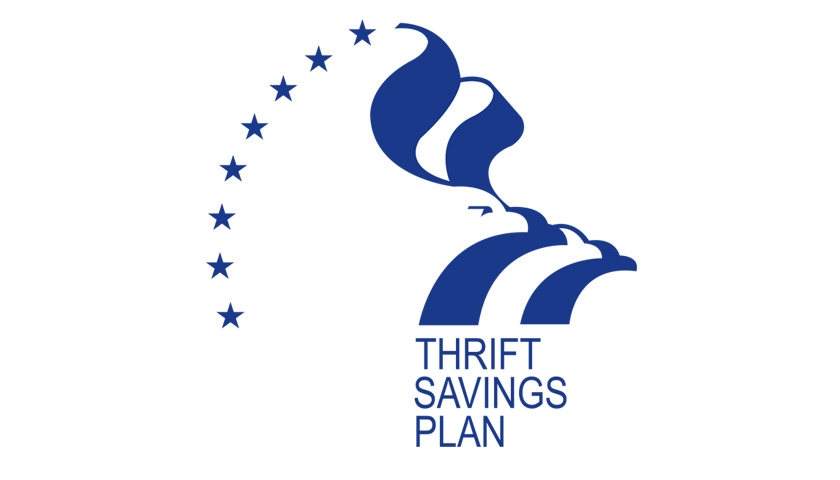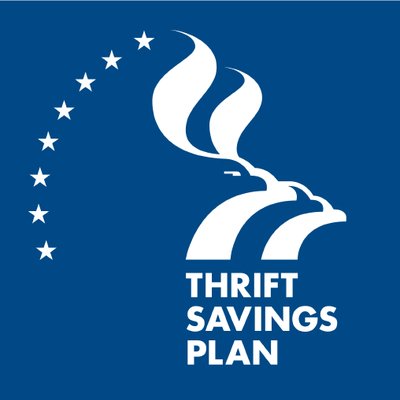
Thrift Savings Plan: Every employee thrives during his or her service period but not everyone manages to save something for his/her future. But one should always be well-prepared for “the after retirement life”. A time when you won’t have an income source. Needless to say, frail days arrive without knocking our doors.
Fortunately, today we have a number of investment plans to rely on. One of which is the thrift savings plan! You all may have heard about this plan once in your lifetime. If you don’t have a clear understanding of a thrift savings plan, then this blog is meant for you.
Keep reading!
What Is A Thrift Savings Plan?
A thrift savings plan (TSP) is one of the well-known retirement investment programs in the present age.
Every federal employee as well as members of the uniformed services such as the Ready Reserve can avail this plan.
In simpler words, it is a defined-contribution plan offering all the federal employees various same advantages that are also provided to people working in the private sector. TSP somewhat acts like a 401(k) program.
Also Read: Best High-Yield Savings Accounts For 2020
How Does a Thrift Savings Plan Work?

Thrift savings plans reap ample benefits to an employee including automatic payroll contributions & agency matching contributions.
As a participant, you will have an option to make tax-deferred contributions into a traditional TSP. That implies the money that will flow into the account will not be taxed until and unless it will be withdrawn.
In addition to this, you can avail an option to invest in a Roth TSP. Talking about this option, it allows an employee to make after-tax contributions into his or her plan. This way, he or she will not owe anything in taxes while withdrawing his or her money after retirement.
For employees who are new to federal employment, they have an option to rollover 401(k) as well as individual retirement account (IRA) assets into a TSP and vice versa if they switch to the private sector.
Also Read: 5 Easy And Effective Ways To Start Saving Money
Benefits of Thrift Savings Plan
Here are the 3 biggest benefits of TSP that make it essential for every federal employee:
- Low Fees
Talking about investment costs, TSP is the clear winner. An investor pays extremely low compared to other investments. The costs of a thrift savings plan are usually considered the best in the industry. Needless to mention, no investment program can even come close to match the low-fee TSP.
- Diversification
A thrift savings plan has a total of 5 index funds and target-date funds, which typically set asset allocation & automatically rebalance depending on an investor’s projected timeline.
Most people don’t find TSP exciting. But actually a passive investor can discover a large segment diversification through TSP.
- Roth Option
For civilians, a Roth plan provides after-tax investments and even tax-free withdrawals.
In the year 2012, the government included a Roth feature to TSPs. This feature favors every service member as they receive tax-free income, tax-free contributions, and earnings from their Roth TSP when they become eligible to withdraw. In short, their investment becomes completely tax-free.
- Investing Options
A thrift savings plan provides investors with a choice of 6 funds to invest in. The options are as follows:
- The Government Securities Investment (G) Fund
- The Fixed-Income Index Investment (F) Fund
- The Common-Stock Index Investment (C) Fund
- The Small-Capitalization Stock Index Investment (S) Fund
- The International-Stock Index Investment (I) Fund
- Specific life-cycle (L) funds, which is a blend of all the aforementioned funds
Talking about the F, S, C, and I funds (in the TSP), they are index funds that are currently handled by the BlackRock Institutional Trust Company under contract by the Federal Retirement Thrift Investment Board (FRTIB). It is an independent government agency that administers the TSP. furthermore, it also acts as a fiduciary that is legally responsible to manage the TSP judiciously and in the best interests of participants and their beneficiaries.
Index funds in the TSP are mainly created to act as the return characteristics of the corresponding benchmark index.
For instance, the C Funds are invested in a stock index fund that replicates the Standard and Poor’s 500 Index that includes the stocks of 500 large to medium-sized companies in the United States. On the other hand, L funds are invested in the 5 individual TSP funds, and their asset allocations completely depend on the time horizon of an investor.
Well, there are a number of benefits of being a federal employee, and a thrift savings plan is definitely one of them. We hope this blog helped you to get a clear picture of TSP.
